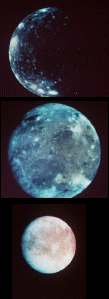This is a composite image of three of the Galilean satillites.
Click on image for full size
NASA
Evolution of Icy Moons
The three moons in this picture show three possible stages in the
history of an icy moon. The moon can be cold. In that case, the surface is unchanged and very cratered. This case may be like
Callisto, the top moon in the picture.
If there was some heat inside, then the surface may change and will not be as cratered. This case may be like that of Ganymede, the moon in the middle of the picture. Ganymede has many craters, but also grooves which indicate that the surface flowed at some point in time.
If the heating took place for a long time, then there may be many changes on the surface. This case may be like that of Europa, the third moon in the picture. The surface of Europa has lots of cracks and almost no craters.
Many moons in the solar system are somewhere between Ganymede and Europa in their history. Examples of these moons include Dione, Rhea, Enceladus, Tethys, Ariel, Umbriel, Miranda, Titania, Oberon, and Triton.
You might also be interested in:
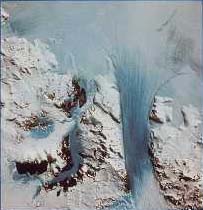
This is a picture of ice flowing at the south pole, or the Antarctic region of the Earth. Ice flows very easily, but very slowly. Glaciers are perfect examples of the fact that ice can move. Glaciers flow
...more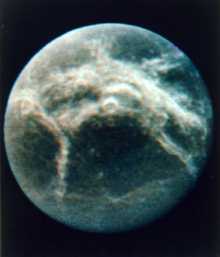
The surface of Dione does not have many craters, which means that the surface has changed in the past. Instead of many craters, it has wispy white streaks like the ones on Rhea, which go for many kilometers
...more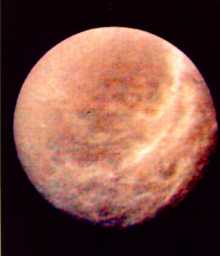
The surface of Rhea is like many icy moons. Rhea is heavily cratered (even if it doesn't look like it in this picture). In fact, Rhea is has an many craters as Mimas, the "death star" moon. It also appears
...more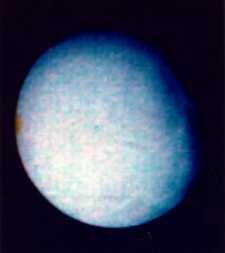
The surface of Enceladus does not have many craters. Instead it has grooves similar to those found on Ganymede. These grooves extend for many kilometers over the surface. The presence of grooves indicates
...more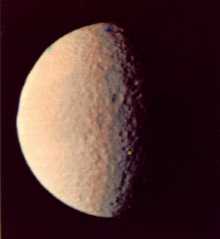
The surface of Tethys has many craters, which means that the surface is very old and hasn't been changed. But there is one region of Tethys which doesn't have many craters at all. The fact that there are
...more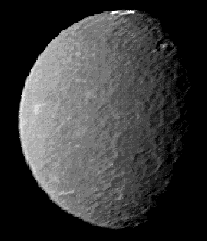
The surface of Umbriel seems to be like many icy moons. It appears to have many craters, but is not as heavily cratered as Callisto.
...more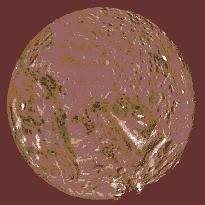
The surface of Miranda is very unusual. It is not like any other moon in the solar system. Miranda has many craters but also very big grooves. These show that there has been activity inside Miranda in
...more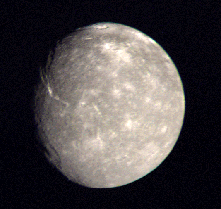
The surface of Titania is like many icy moons. It appears to be changed for it does not have many craters. Instead it has grooves similar to those found on Ganymede. These grooves extend for m any kilometers
...more


